AMG M156: Mercedes’ Greatest, Yet Most Challenging V8
AMG’s first engine built from top to bottom comes with some major kinks in reliability but still tops in naturally aspirated performance.
What were you doing in 2006? NASA received some comet dust from one probe, then sent out another to make a rendezvous with soon-to-be-demoted Pluto. The Human Genome Project published its last chromosome sequence. Italy hosts the Winter Olympics, then wins the FIFA World Cup. Steve Irwin, Gerald Ford, and Dennis Weaver leave this world behind. The Blu-ray format, Suri Cruise, and future viral sensation Mason Ramsey are born.
2006 was also the year the first-ever original engine built by Mercedes-AMG left the assembly line: the 6.3-liter M156 V8. The engine is known for its big power, which made everything from the E63 to the SL63 hardcore. Alas, there were a few reliability issues to go with the power, as YouTuber Alex Palmeri, (a.k.a. LegitStreetCars) goes on to explain.
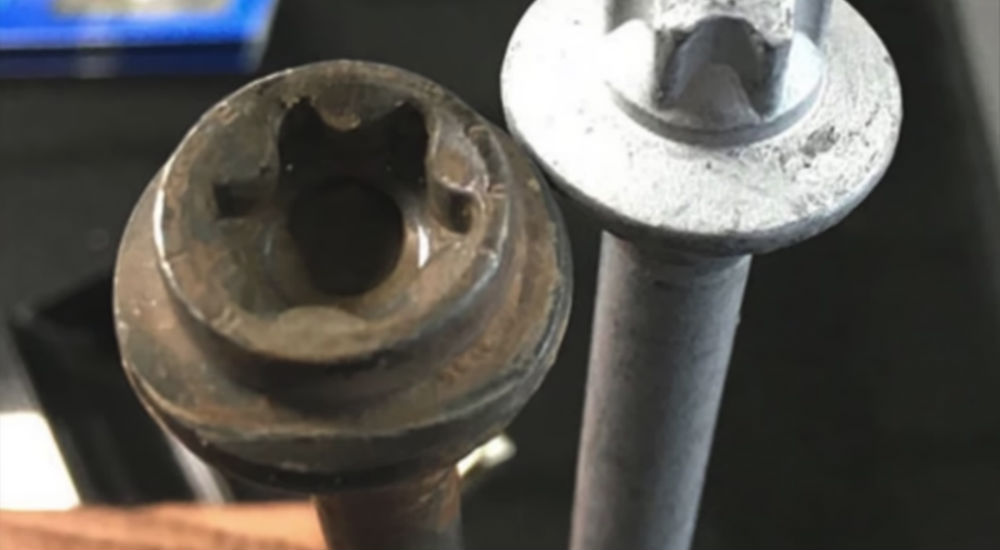
“Our first factory defect is really a shame, because this wasn’t some new AMG technology or anything overly complicated,” said Palmeri. “Of course, we’re talking about the cylinder head bolts. Every engine has head bolts, but in the case of the M156, they would break.”
The bolts were flawed in two ways. First, coolant would corrode the metal on the bolts, weakening them to the point where the heads would pop right off. The second flaw were the heads themselves, which were Torx heads. The big space meant less material, which meant more potential for breaking. Mercedes-AMG did replace the bolts about four years later with stronger heads and more corrosion resistance, which meant a few engines hydrolocked before the fix made it to the factory floor.
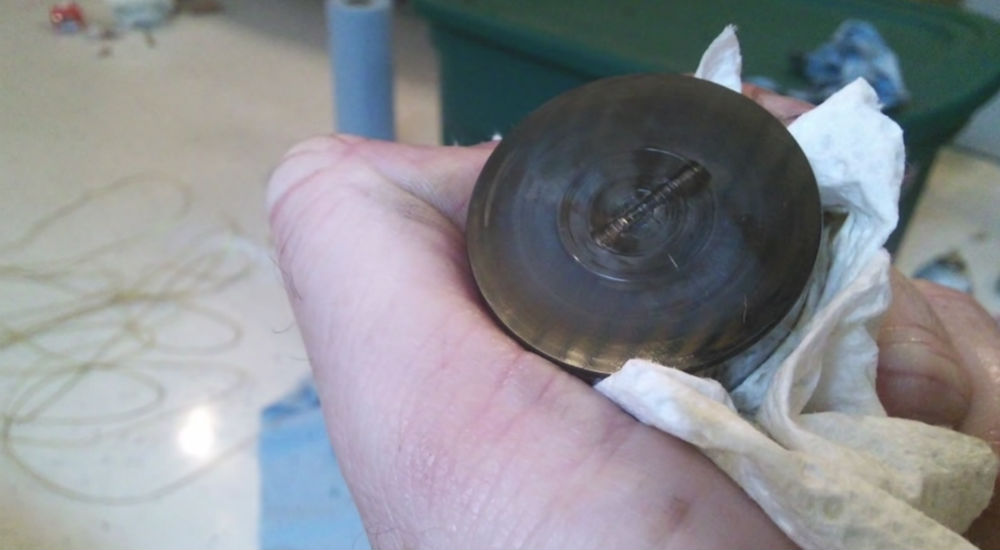
“Our next major engine issue is not directly related to the head bolts,” said Palmeri, “but if your head bolts were being replaced by Mercedes-Benz under warranty, they’re gonna replace these parts, as well because, like the head bolts, they knew that these parts were gonna problematic, too.”
The part in question? The lifters. Under normal circumstances, the lifters should spin while the engine is running. Some lifters, though, would seize under the right conditions, meaning the lobe on a given cam would wear away as it continued to hit the frozen lifter. Again, Mercedes-AMG updated the part, though some owners believed it did nothing. Palmeri suggests upgrading to the lifters from the M159 used in the AMG SLS and SLS Black Series, as they have a special coating to aid in reducing wear.
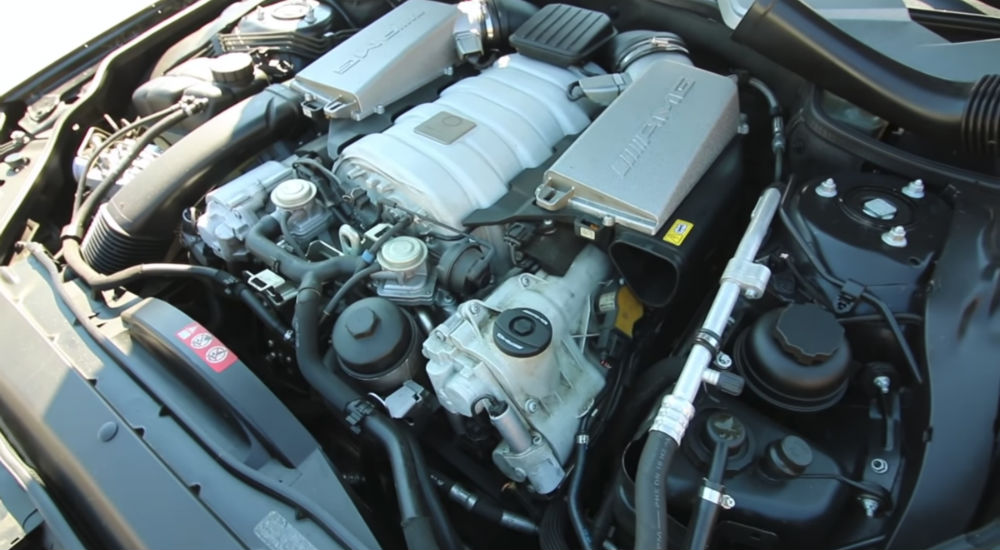
“The camshaft is made of a softer material than the lifter,” said Palmeri, “so over many miles, and especially if you don’t keep up on your oil changes, the cam lobes can just wear out.”
With four camshafts coming in at $700 a pop from Mercedes-AMG, it’s not a cheap fix. In particular, the intake cams wear out sooner than the exhaust cams, which Palmeri believes is due to an oiling issue (the exhaust cams receive more oil — and thus, more lubrication — than the intake cams). He adds that M156 owners should add oil not at the recommend 10,000-mile interval, but at 5,000 miles, and with a zinc additive.
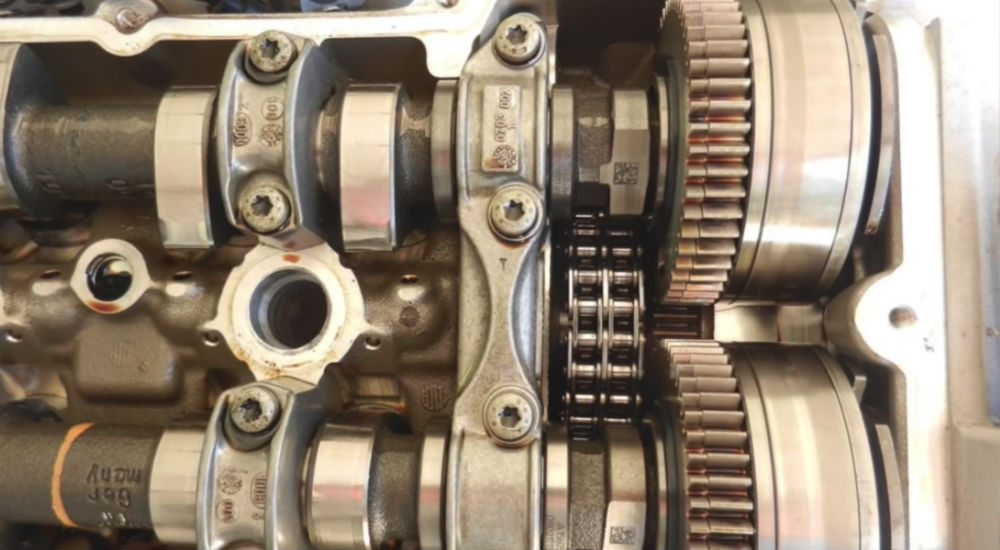
“We have our camshaft adjusters on this engine; there are four of them,” says Palmeri. “They go in the front of each cam, and they can change the timing of the camshaft. The M156 had some pretty big issues with these guys. Basically, they would fail, they would loosen up, and they would start to make noise this.”
The noise, which occurs at cold start (though would make the noise all the time if left alone), is a fast, grinding, sputtering sound. Mercedes-AMG issued a service bulletin covering every car with this issue, which may not be as helpful. The price to repair the issue isn’t great either, at around $700 to $800 to replace the adjusters.
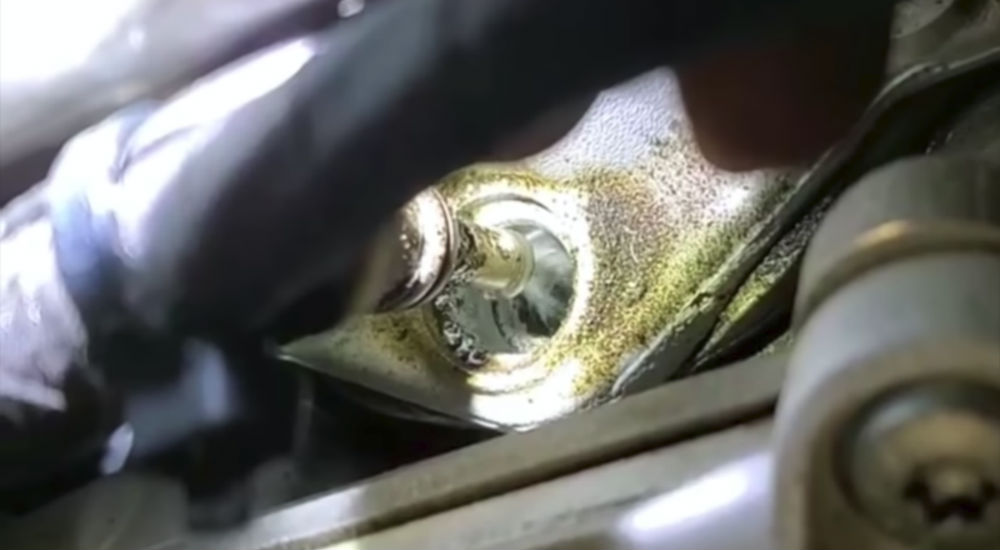
“So, what you saw is a stuck-open fuel injector,” said Palmeri. “What this can do is it can hydrolock the cylinder, it can bend or break a rod. At the very least, a leaking fuel injector like this can wash out the cylinder. This a pretty major issue, and there’s usually not much of a warning when an injector goes out.”
The recommendation is to replace the injectors at around 60,000 to 70,000 miles, especially if you love and want to keep the car the M156 resides in for a long time. And according to Palmeri, there’s a good reason for doing so, despite the big flaws.

“The M156 is the last naturally aspirated AMG engine ever made,” says Palmeri. “They went to turbocharging afterwards, and who knows what’s next with electric-car technology. This is kind of like the last big, huge, raw, all-motor, loves to rev high… it eats 7,000 rpm all day long, and it just never stops pulling. This is totally the end of that. We’re never gonna see it again.”
Palmeri adds that decades from now, the M156 will be looked at fondly as result of what the designers and engineers at Mercedes-AMG could do without adding a turbo on top of the whole thing, and with regard to then-current emissions standards.
